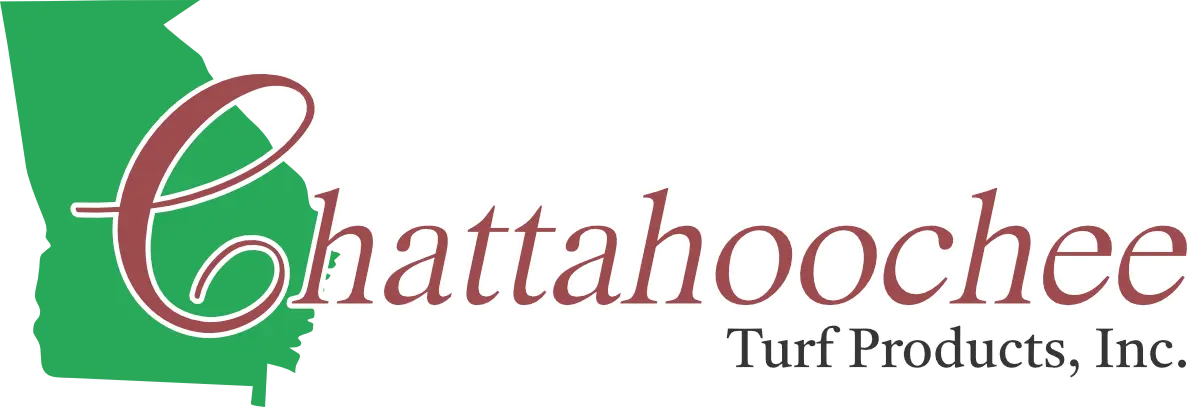Last Updated: October 14, 2025
Welcome to https://chattahoocheeturfproducts.com (the “Website”), operated by Chattahoochee Turf Products (“we,” “us,” or “our”).
By accessing or using our Website, you agree to comply with and be bound by the following Terms of Use. If you do not agree, please do not use this Website.
1. Use of Our Website
This Website is provided for informational purposes about our products and services.
You agree to use the Website only for lawful purposes and in a way that does not infringe on the rights of others or restrict their use of the Website.
You may not:
Use this Website in any manner that could damage, disable, or interfere with it.
Attempt to gain unauthorized access to any part of the Website or its systems.
Use the Website to send unsolicited or unauthorized messages.
2. Intellectual Property Rights
All content on this Website—including text, graphics, logos, images, and design—is the property of Chattahoochee Turf Products or its content suppliers and is protected by copyright and trademark laws.
You may view, download, and print materials for personal and non-commercial use only. You may not reproduce, distribute, modify, or republish any part of this Website without our prior written permission.
3. Accuracy of Information
We strive to ensure that all information on this Website is accurate and up to date.
However, we make no guarantees regarding the completeness, accuracy, or reliability of any content.
We reserve the right to make changes or updates to our content, products, or pricing at any time without notice.
4. Links to Other Websites
Our Website may include links to third-party websites for your convenience.
These sites are not under our control, and we are not responsible for their content or privacy practices. Visiting these sites is at your own risk.
5. Limitation of Liability
To the fullest extent permitted by law, Chattahoochee Turf Products is not liable for any damages arising from your use of—or inability to use—this Website.
This includes damages related to errors, interruptions, viruses, or any other performance issues.
6. Indemnification
You agree to indemnify and hold harmless Chattahoochee Turf Products, its owners, and employees from any claims, losses, or expenses (including attorney fees) arising from your violation of these Terms or misuse of the Website.
7. Changes to These Terms
We may update or modify these Terms of Use at any time.
Any changes will take effect immediately upon being posted to this page, with a revised “Last Updated” date.
8. Governing Law
These Terms are governed by the laws of the State of Georgia, without regard to conflict of law principles.
Any disputes arising from the use of this Website shall be resolved in the appropriate courts located in Georgia.
9. Contact Us
If you have questions about these Terms of Use, please contact us:
Chattahoochee Turf Products
https://chattahoocheeturfproducts.com
Use the "contact us" button throughout our site.
